The Grand Palace in Bangkok is probably the monument most visited and known of whole Thailand, one attraction that a visitor must see at least once in their lifetime. The Grand Palace complex is located on Na Phra Lan Road in Phra Nakhon District, in the heart of historic centre of Bangkok. Construction of the complex began in 1782, when King Rama I decided to move the capital of Siam Kingdom across the Chao Phraya River, from Thonburi to an area on the east riverside known as Rattanakosin Island, and it was completed in 1784. The Grand Palace is divided into three main areas: the Outer Court, home to real offices, public buildings and of Temple of Emerald Buddha; the Court Media, home of the most important residential and state buildings; the Inner Court, which is exclusively reserved for the King, the Queen and the Royal Family. Wat Phra Sri Rattana Satsadaram, better known as Wat Phra Kaew, is definitely the main attraction of the Outer Court. It is considered the most important Buddhist temple in Thailand, Wat in Thai, and is the residence of the most sacred Buddhist sculpture in the Kingdom, the Phra Kaew Morakot, more known as Emerald Buddha, which is considered the palladium of Thai monarchy. The Emerald Buddha was made from a jade green absolutely perfect, and is situated between sculptures and gold ornaments, frescoes and paintings in the Phra Ubosot, the temple main hall, usually named Bot in Thailand. At centre of the Court Media there is Chakri Maha Prasat, the Throne Room. The room was ordered by King Rama V, the construction started in 1876 and completed in 1882, and is an extraordinary work of architecture with traditional Thai roofs and spires. Inside you will find refined decor inspired by the time the European Renaissance, alternating with royal portraits of the monarchs of the Chakri dynasty. On the right of the Court Media is the Borom Phiman Mansion, a building that was built during the reign of King Rama V in the Neo-Renaissance style to become the residence of the Crown Prince. The Borom Phiman Mansion, which was also the residence of three successive Sovereigns, is part of Sivalai Garden, the royal garden which was an area of relaxation for the numerous Royal family. This architecture, the most modern in the Grand Palace complex, is now used for official receptions. Between the Sat Sivalai and Chakri Maha Prasat Garden there is the Maha Prasat Monthien, home of the Amarin Winitchai Audience Hall, a structure which hosts the Royal ceremonies. On the far left is the Dusit Mahaprasat Thone Hall, which is a typical example of Thai architecture.
Admission fee & Opening hours: Grand Palace is open daily from 8:30 to 15:30. Admission costs 500 THB, and includes access to the Wat Phra Kaew, The Royal Thai Decoration & Coins Pavilion and the Museum of Textiles Queen Sirikit, which are within the Grand Palace, and the Vimanmek Mansion Museum in Ratchawithi Road. Please note: to visit Grand Palace are required dress appropriately, in other words no leggings, flip flops or open sandals, skirts or shorts for both men and women; for those without adequate clothing to the gate there are long pants and long-sleeved shirts to rent.
Getting there: Grand Palace complex is located on Na Phra Lan Road in Phra Nakhon District, the historic centre of Bangkok, Rattanakosin Island. The best way to reach the temple from Bangkok's downtown is to use a taxi, unfortunately there are not stations of SkyTrain or Subway in the immediate vicinity. A simple and pleasant alternative is to use the Skytrain up to Saphan Taksin station of Silom Line, then walk until the Sathorn Pier and from there take a Chao Phraya boat until the Chang Pier, which is at a short walking distance from the entrance.Read More



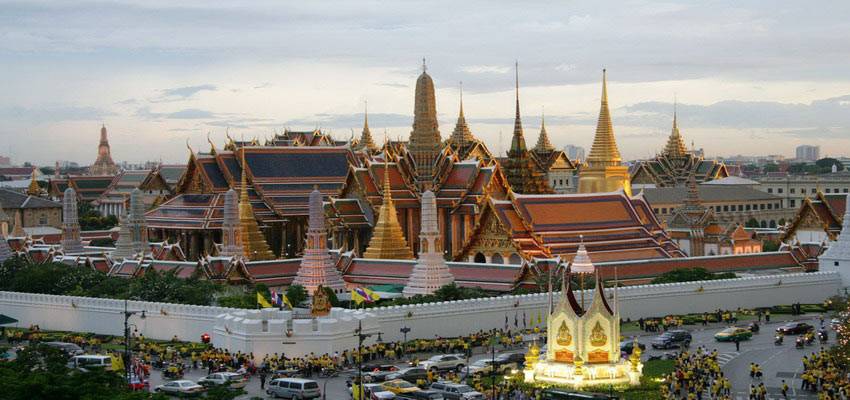
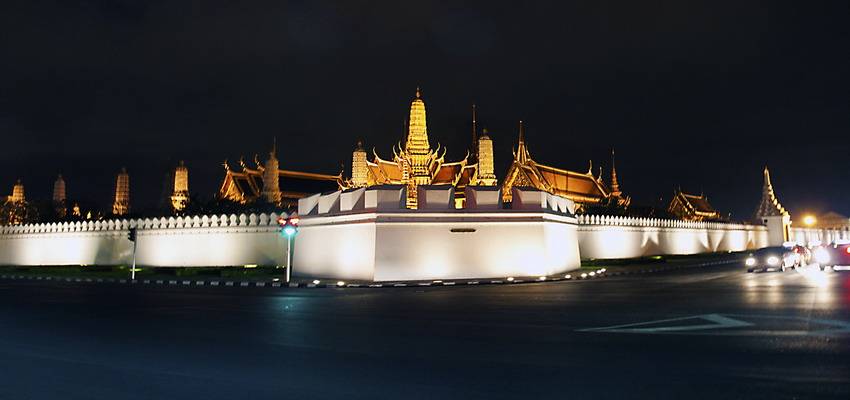




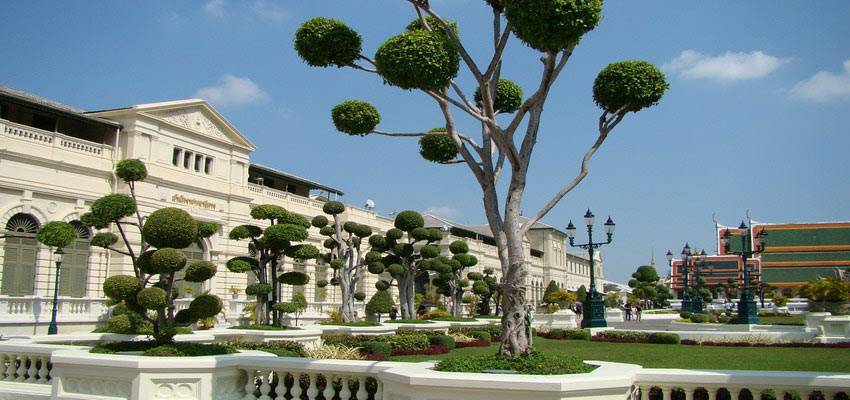
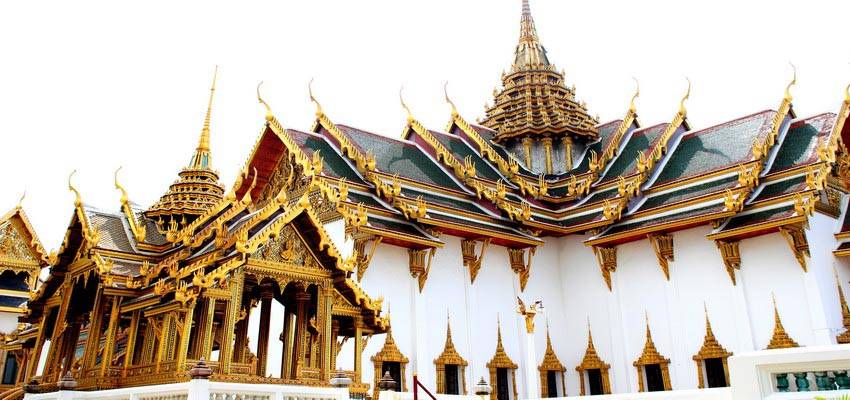





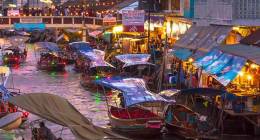

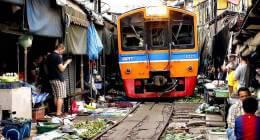




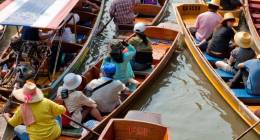
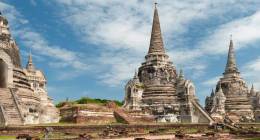




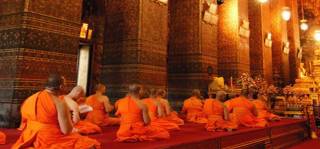
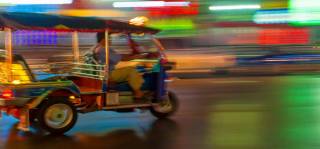
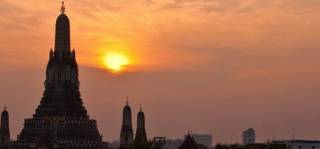


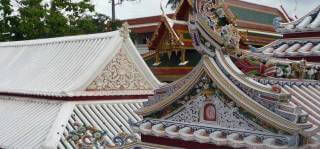
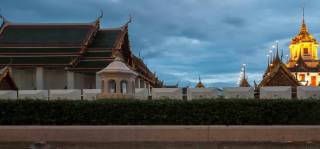

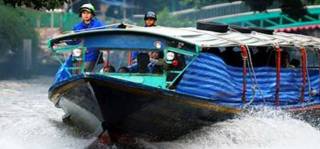
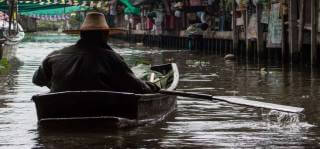

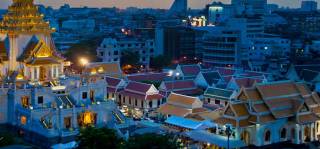
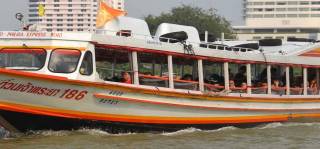

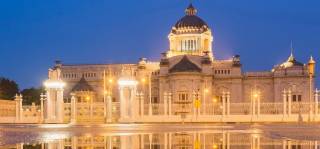
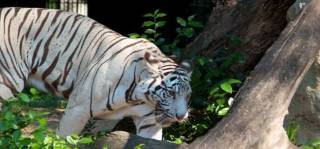
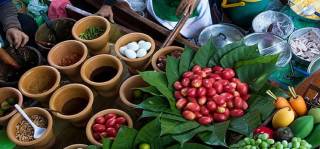
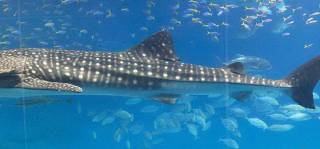
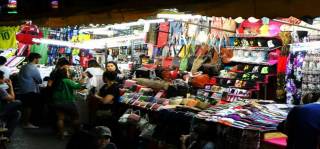

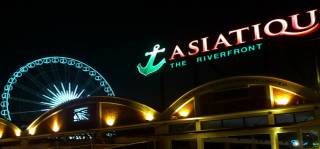


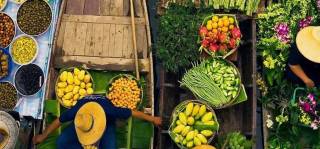

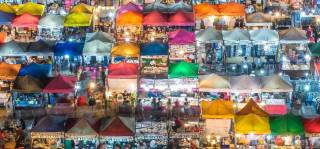

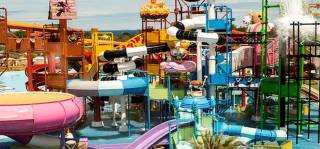

Reviews of Grand Palace Bangkok ()
Leave Your Opinion Out of concern for your satisfaction and in order to fulfill your expectations, we have created a place for your opinions.